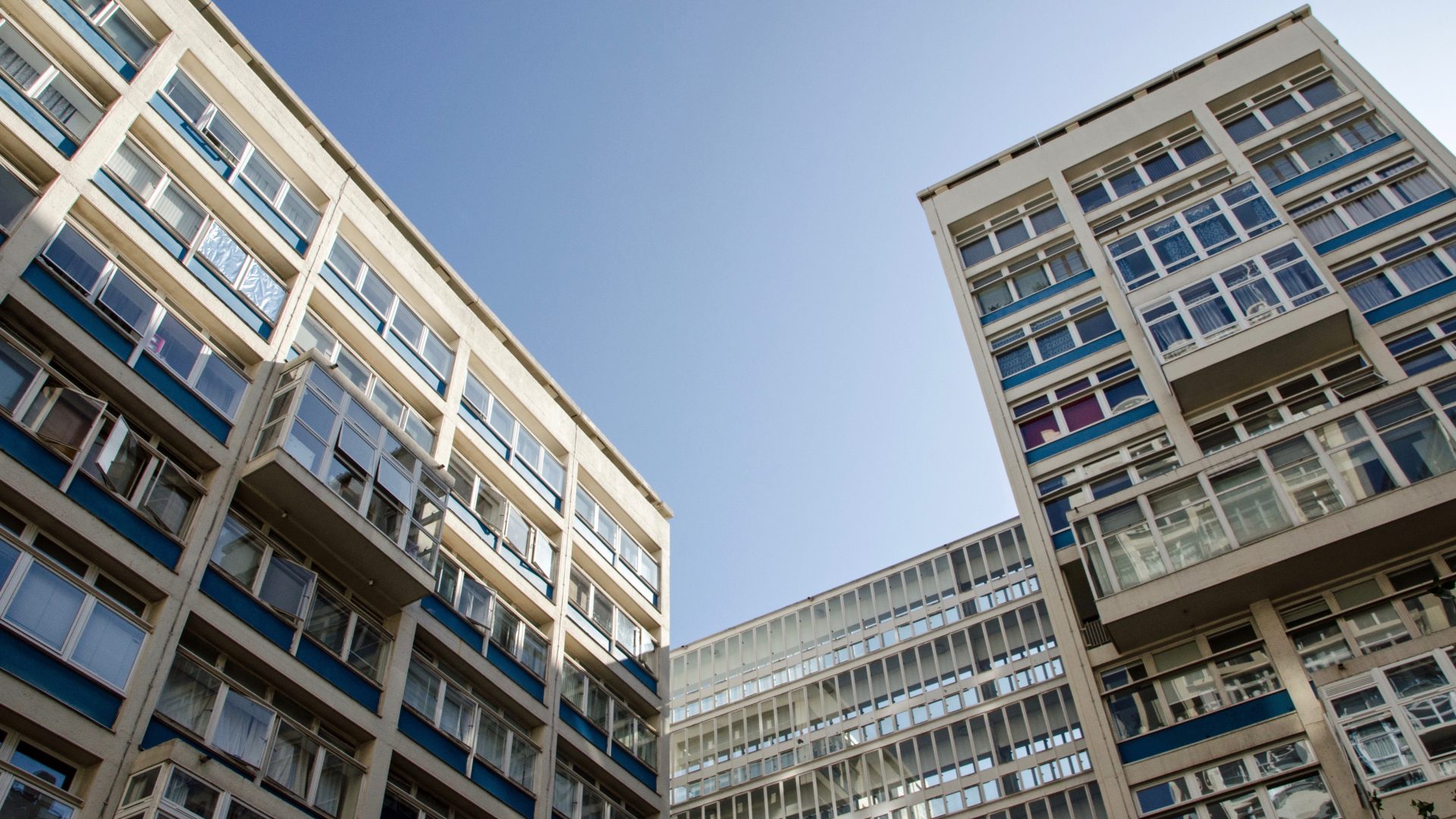The pros and cons of buying a flat converted from an office building
Aug 11, 2021

Flats created from converted office buildings are not always of the same high standard as traditional new housing due to a lack of planning control. Home Owners Alliance looks at why and what you need to watch for.
The government has recently announced planning reforms to allow property owners to convert a wider range of commercial buildings into homes without requiring planning approval for a change of use.
It used to be just offices that could be converted under permitted development rights (PDR) but under the new proposals, retail and industrial buildings can also be turned into new homes. However, a damning independent report to Ministers about the initiative has been published.
The report reveals that just a fifth of the resulting homes met national space standards. Some flats were just four-by-four metres, and 10 of the units surveyed appeared to have no window. Seven out of ten of the units didn’t have adequate light or ventilation.
It concluded the scheme has created worse homes – 'affecting the health, wellbeing and quality of life of future occupiers'.
Julia Park, an architect and Head of Housing Research at Levitt Bernstein explains PDR flats:
"Since 2013, a new ‘Class O Permitted Development Right’(PDR), has allowed developers to convert office buildings to residential use without acquiring planning permission. Developers only need to gain ‘prior approval’ before starting work.
"This leaves planners with very little control over the design and quality of the conversion. While the work must still comply with Building Regulations, developers have free rein over important issues such as internal or external space, daylight, external noise, air quality and location.
"In the areas that are covered by the building regs, conversions are often subject to lower requirements than newly built homes."
THE PROS
For buyers and renters, the main attraction is the price. PDR flats are often the cheapest homes available in any given area. Buyers are also attracted to the new furnishings and fittings.
THE CONS
These include limited mortgage options, leaseholder restrictions and maintenance bills. Read more here.

